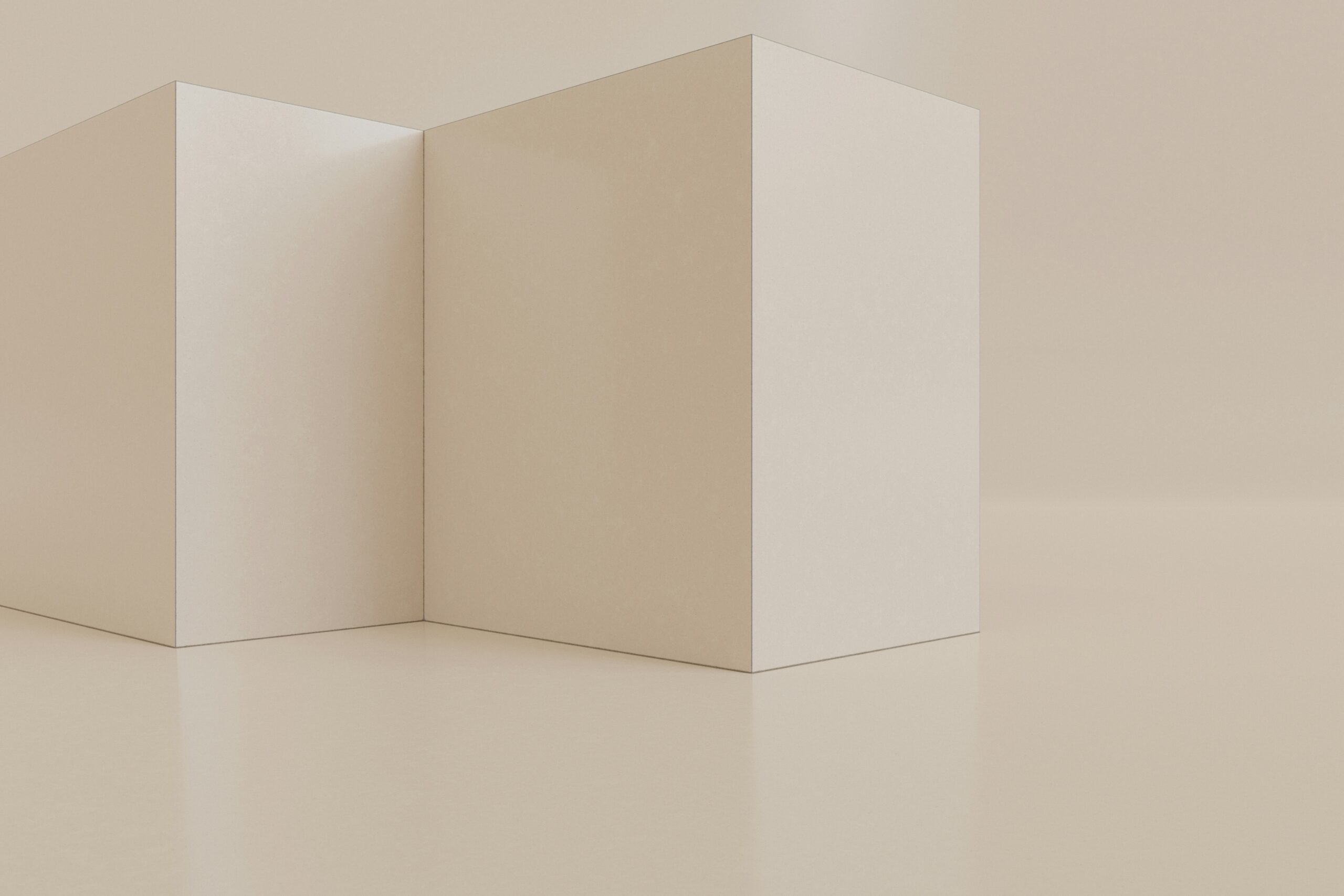


Contemporary interior design and modern architecture offers a surprisingly blank canvas on which highly personalised and aesthetically wonderful creations can be made.
Creating a space that reflects modern design trends, state-of-the-art technology and current cultural values isn’t as hard as you might think and marble design work can be the key to just that.
In this article, we’ll dive into the role of marble in contemporary design and architecture, outline why you should consider using this unique natural stone and provide some tips for incorporating it in modern projects.
The general period covered by the term ‘contemporary design and architecture’ stretches from the late 20th century to the present day. Contemporary design and modern architecture go hand in hand but are distinct in their own rights.
Classical architecture tends to be governed by a set of aesthetic and structural principles, while modern architecture has become more fluid in application and more varied in style.
Classical design similarly tends to be more distinct and consistent in style, while contemporary design moves the focus more to originality, personal expression and preference, and even eclectic combinations.
Some of the more recognised elements of modern day design and architecture are:
Marble stone is a metamorphic rock. This means it is formed under intense heat and pressure from its original state as limestone into the iconic and beautiful stone we recognise instantly today.
Due to its unique aesthetic beauty and functional durability, marble has been used in architecture, construction, design and art for centuries. Ancient palaces throughout history and modern homes across the globe use marble in varied and wonderful ways.
Today, contemporary interior design trends and modern architecture practices make great use of marble still and with its various colours and patterns, and structural and decorative applications, it’s not hard to see why this versatile natural stone has remained popular.
Marble is stunning in every sense of the word. Its luxurious shading and visually arresting veining adds elegance and sophistication to every application.
Like all stones, marble is strong, durable, hardy and long-lasting. This makes it particularly functional and practical for use in both indoor design and outdoor architecture, and vice versa.
Marble is also unique in its thermal properties: It remains cool to the touch, even in hot climates, which makes it perfect for use in Australia in particular.
While contemporary interior design trends are likely to change over time, the classical beauty of marble is timeless and won’t lose its luster or appeal over the years.
Marble design is incorporated in many applications. From flooring to wall cladding, and from kitchen benchtops to fireplaces, there is almost no space in the home in which marble can’t be enjoyed.
Responsibly sourced marble in conjunction with energy-efficient shipping methods can ensure a smaller environmental footprint than many other architecture and design materials.
Regular, simple cleaning with warm, soapy water is more than sufficient in keeping marble looking pristine. Coupled with professional resealing every few years, your marble stone will continue to exude natural beauty for many years to come.
Marble is a beloved stone and incorporating it into your property will add to its potential resale value as buyers are always looking for luxury aesthetics and high quality materials.
Marble offers seamless fusion with other materials commonly used in modern contemporary interior design and architecture. So, whether you’re coupling it with wood, glass or metal, marble will help to enhance your modern and eclectic style.
Marble is more than a practical construction material: It’s a work of art in its own right! That gives you the opportunity to use marble as a statement piece in and of itself. This visual design anchor can add a sense of luxury and aesthetic appeal to any space of the home.
As mentioned above, marble can be combined with a variety of other materials. In contemporary interior design, where mixing and contrasting different elements is popular, this gives you plenty of opportunity to achieve complementary and beautiful visual depth.
Minimalist trends remain an enduring component of contemporary interior design. Fortunately, marble complements exactly this style. Thanks to its natural beauty and subtle but striking veining, large slabs of marble can be used for flooring, walls, or benchtops balancing a sense of minimalism with retained visual sophistication.
Marble doesn’t have to be used in great quantities to make a great impression. There are many decorative elements (such as feature walls), furniture opportunities (such as coffee tables), and accessories (such as sculptures) in which marble can be utilised to add an element of personalisation and creativity.
Marble is not just a great addition inside the home, and contemporary design and architecture includes your outdoor space as well. Marble stone can be used in patios, for garden paths or around pool areas to help elevate and enhance the overall look whilst still being functional and practical as well.
Thoughtful incorporation and consideration of this timeless stone has helped designers, architects and homeowners achieve some fantastic creations. If you’re interested in discussing more marble design ideas or want to find the perfect type of marble for your contemporary interior design project, make sure to contact our team here at Euro Marble.